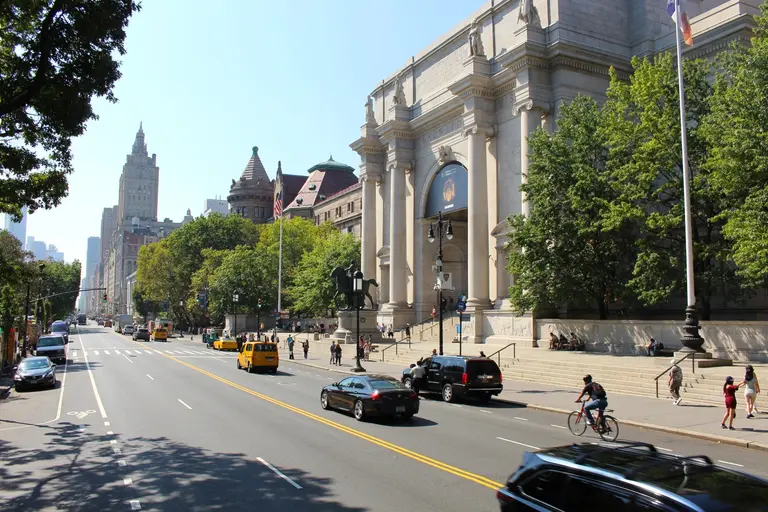
Via Public Domain
Protected bike lane coming to Central Park West after community board approval
Get the details

Via Public Domain
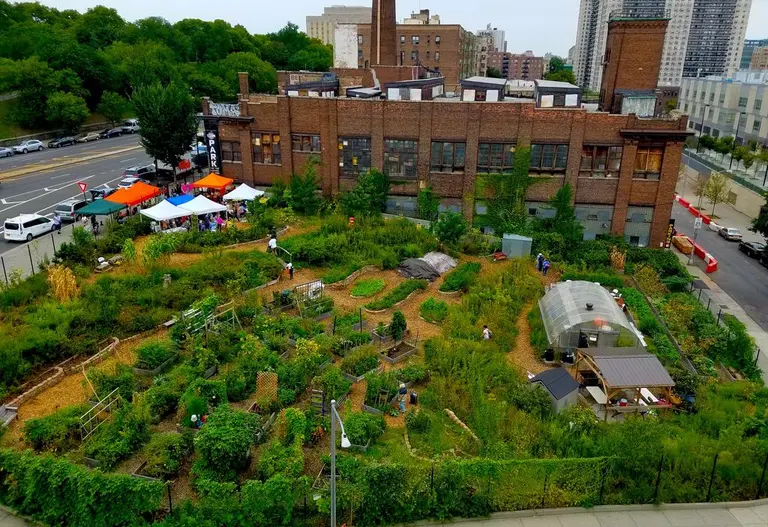
Image of the New Roots Community Farm in the Bronx by Kathleen McTigue, courtesy of International Rescue Committee (IRC)
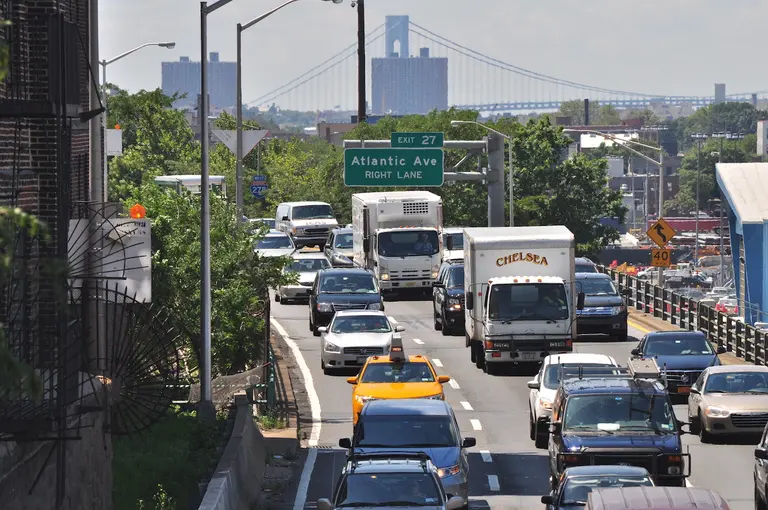
Image: Wikimedia cc.
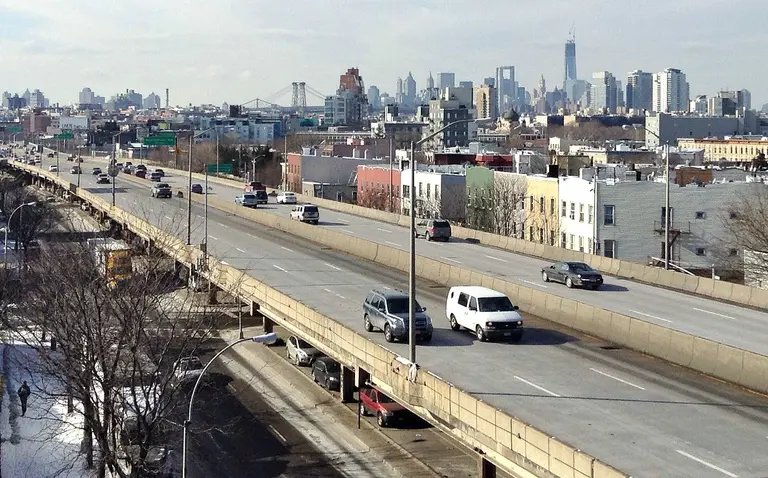
Via Wikimedia
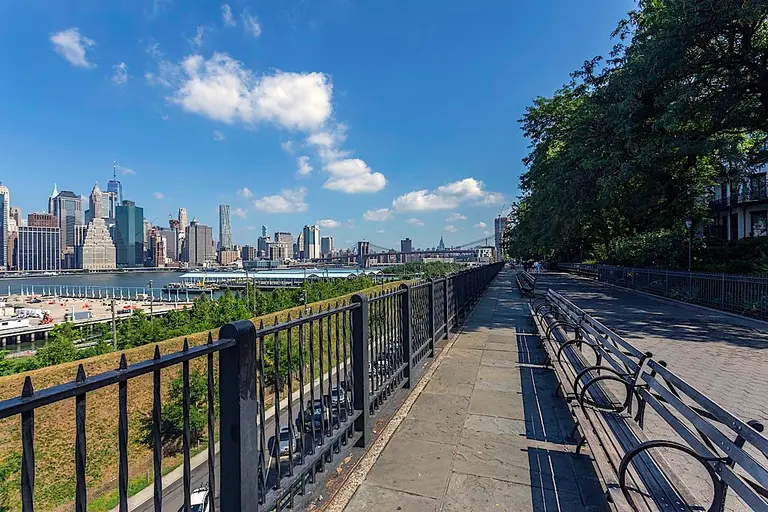
Brooklyn Heights Promenade via Wikimedia
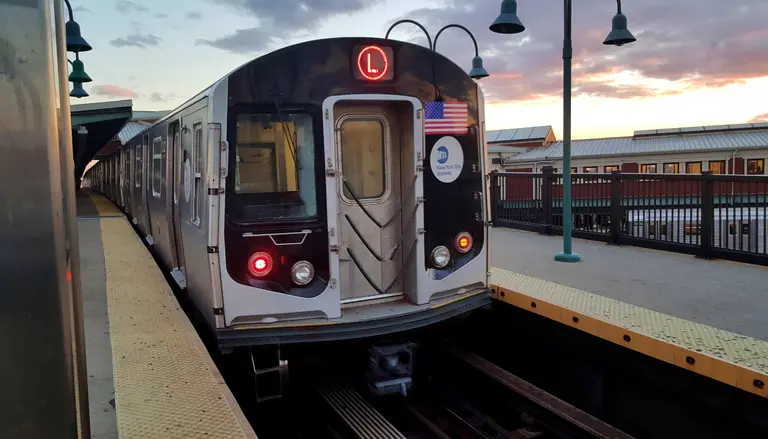
L train photo via Wiki Commons
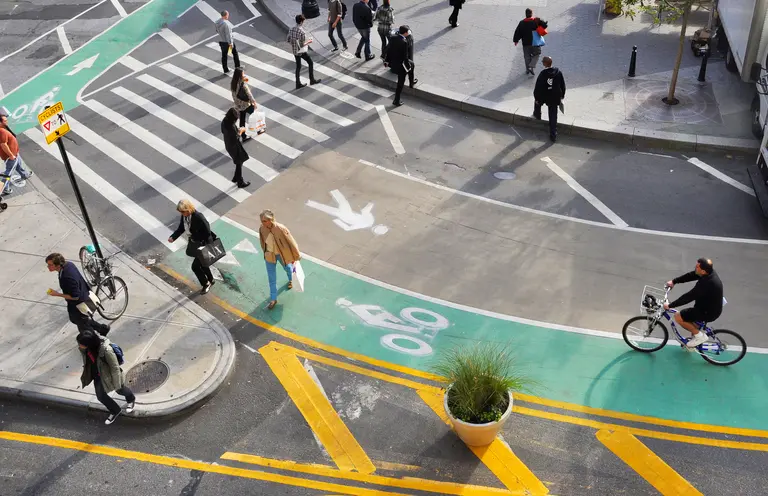
Photo via NYC DOT/Flickr

Photo of the L-train via Wiki Commons
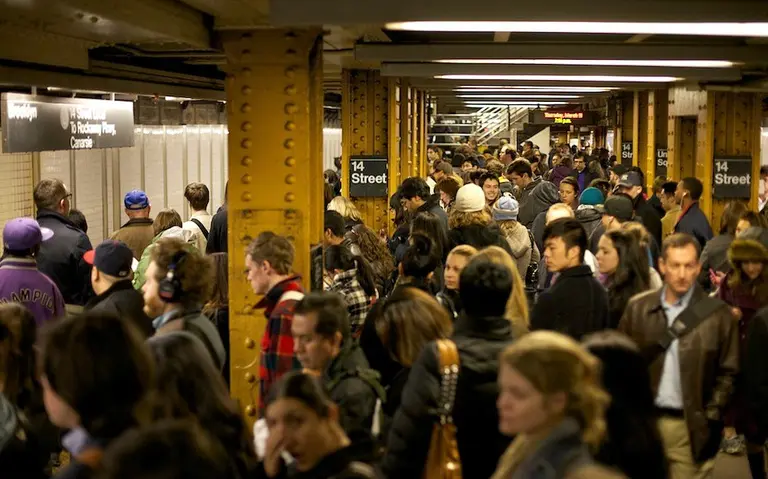
Photo via Dan Phiffer’s Flickr
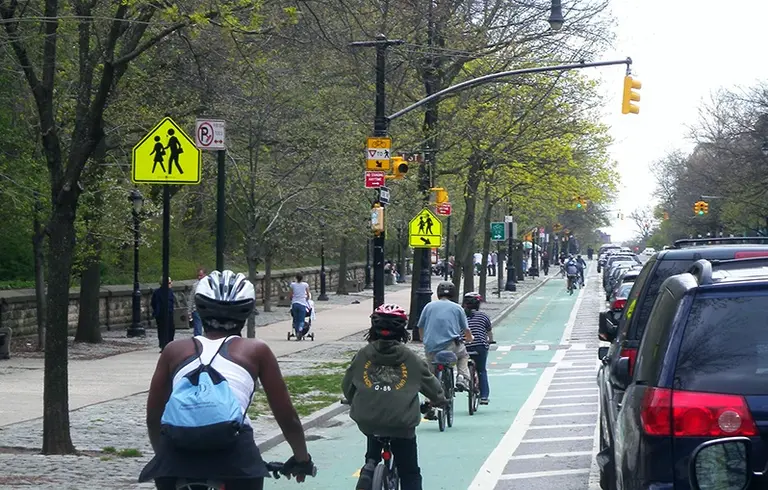
Image: Wikimedia

Photo via Wikimedia
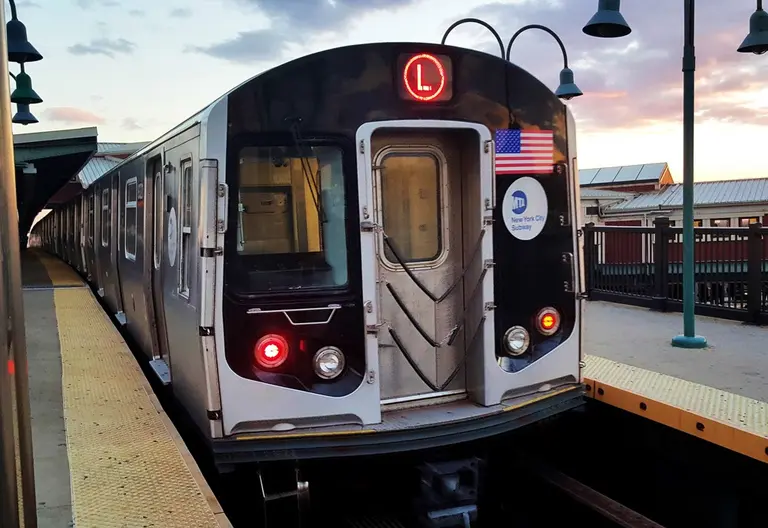
Photo of the L-train via Wiki Commons
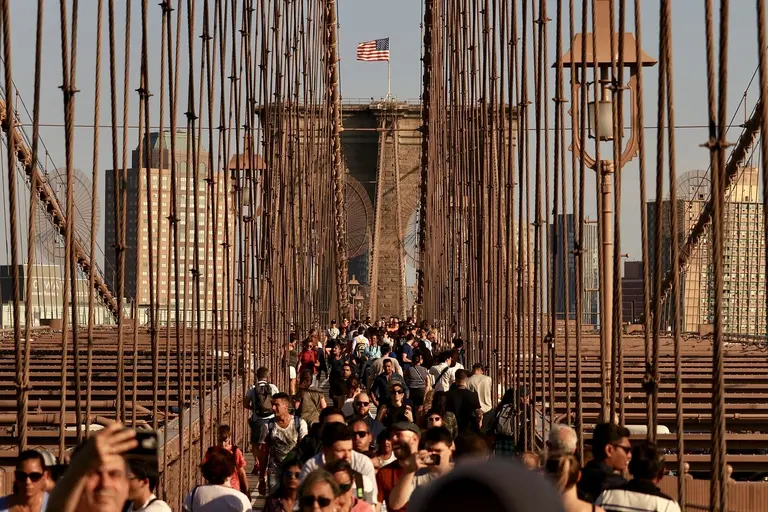
Photo of the Brooklyn Bridge via pixabay
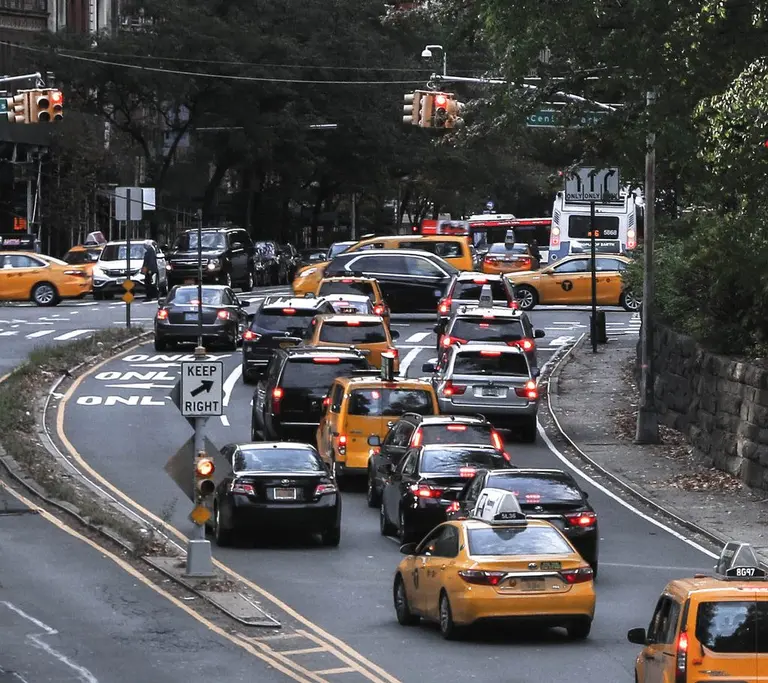
Photo via Lucas Klappas on Flickr
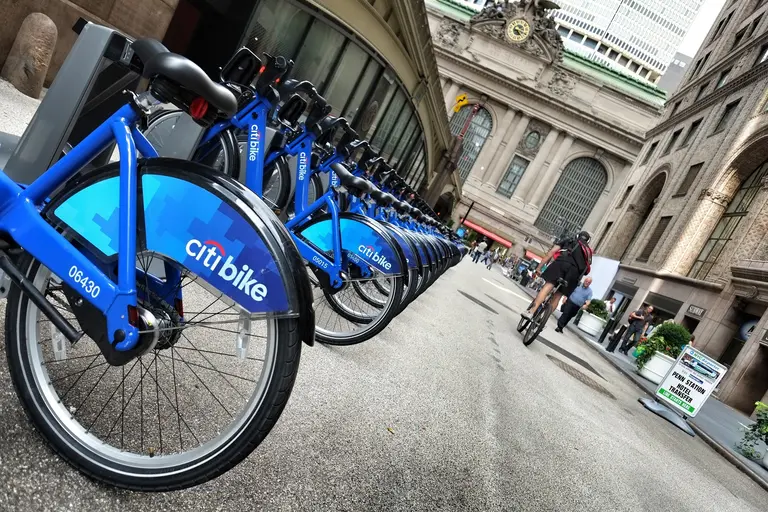
Photo courtesy of Nick Harris on Flickr
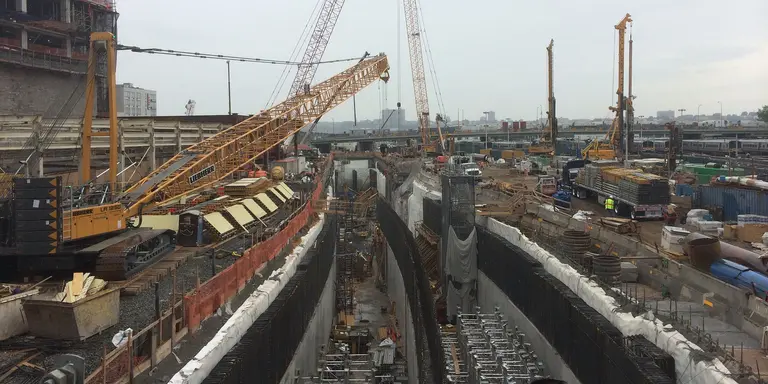
Photo of Hudson Yards Amtrak tunnel encasement via Tutor Perini
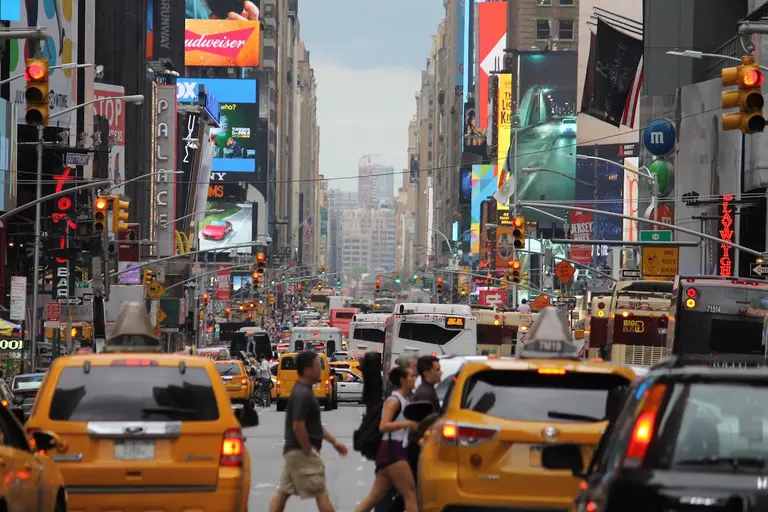
Image via Pexels